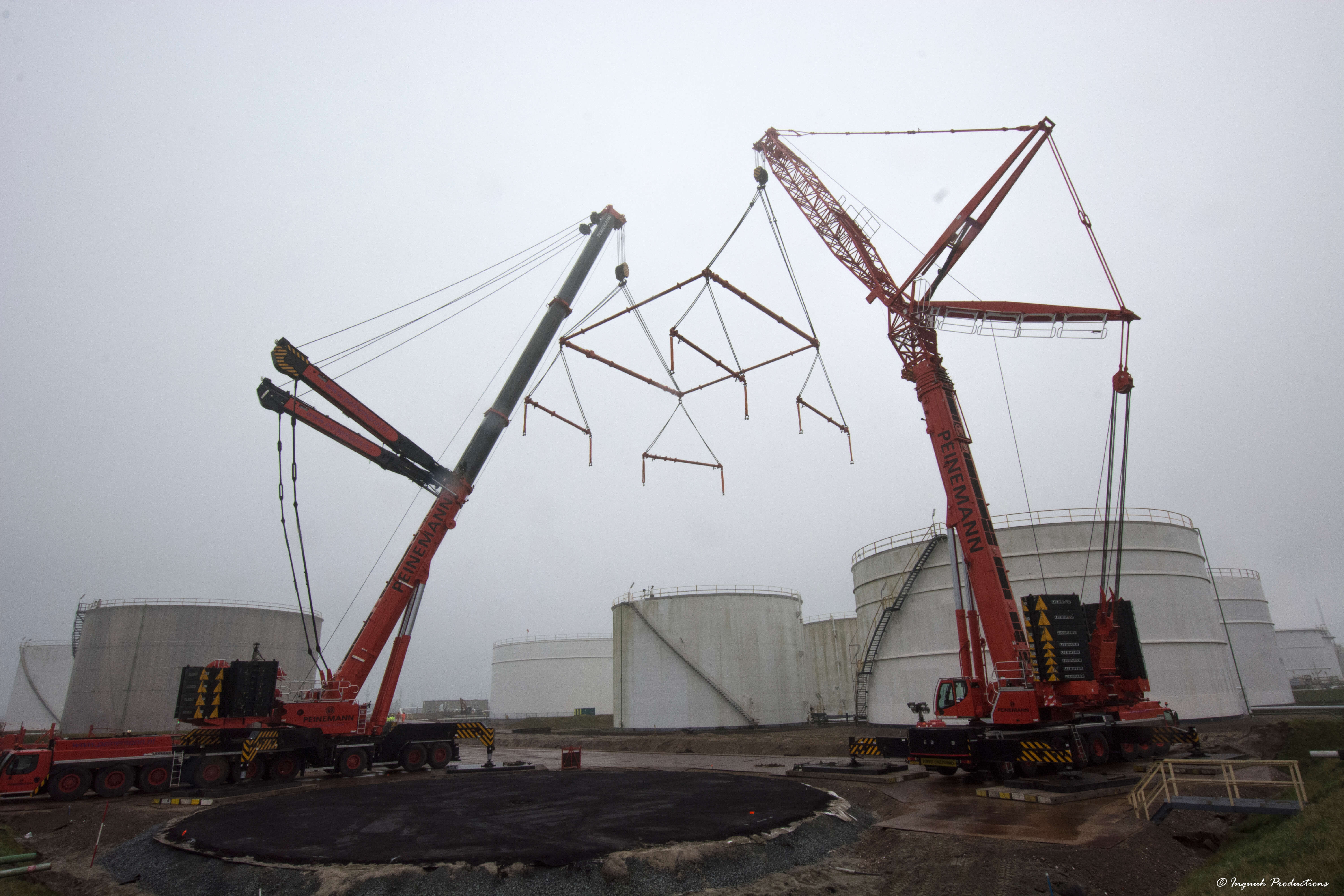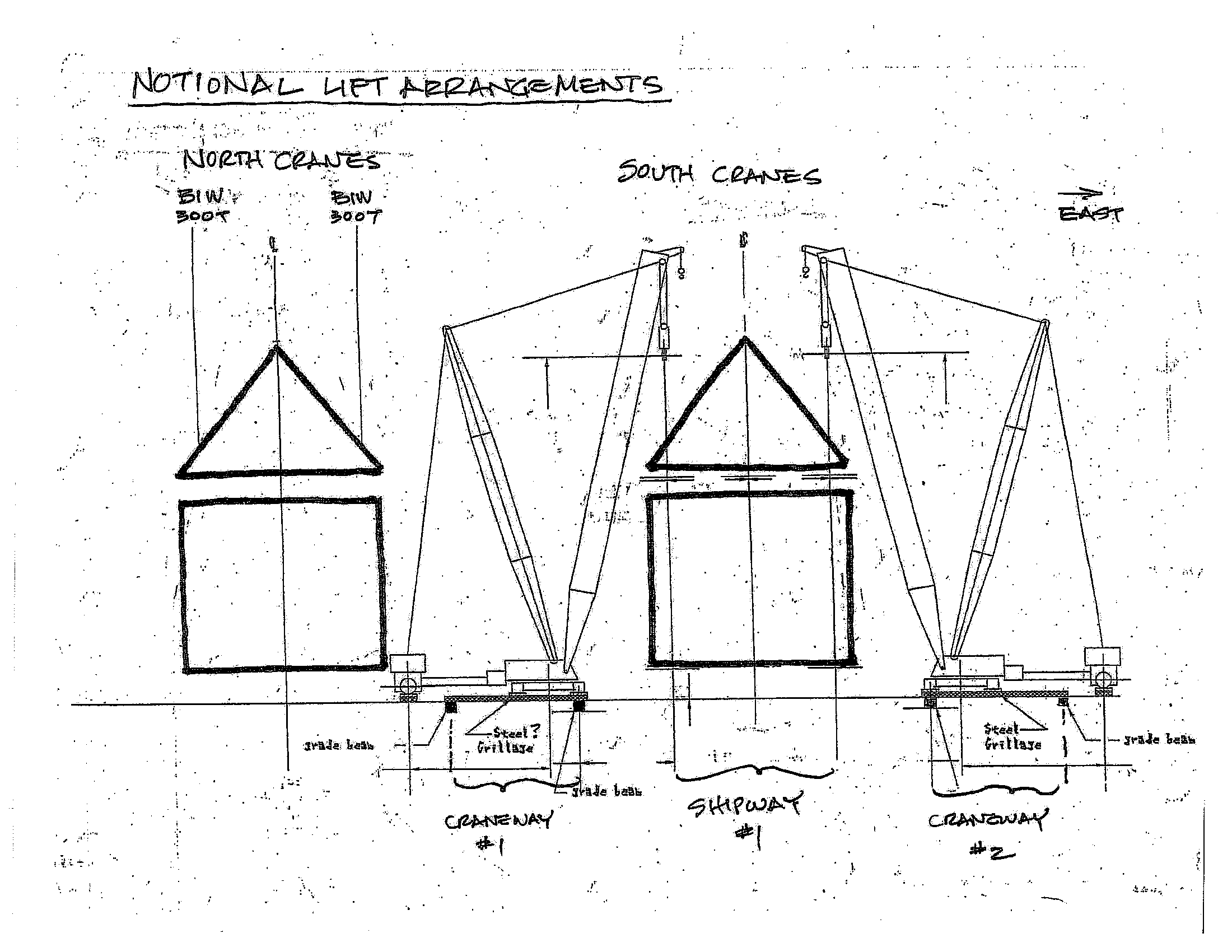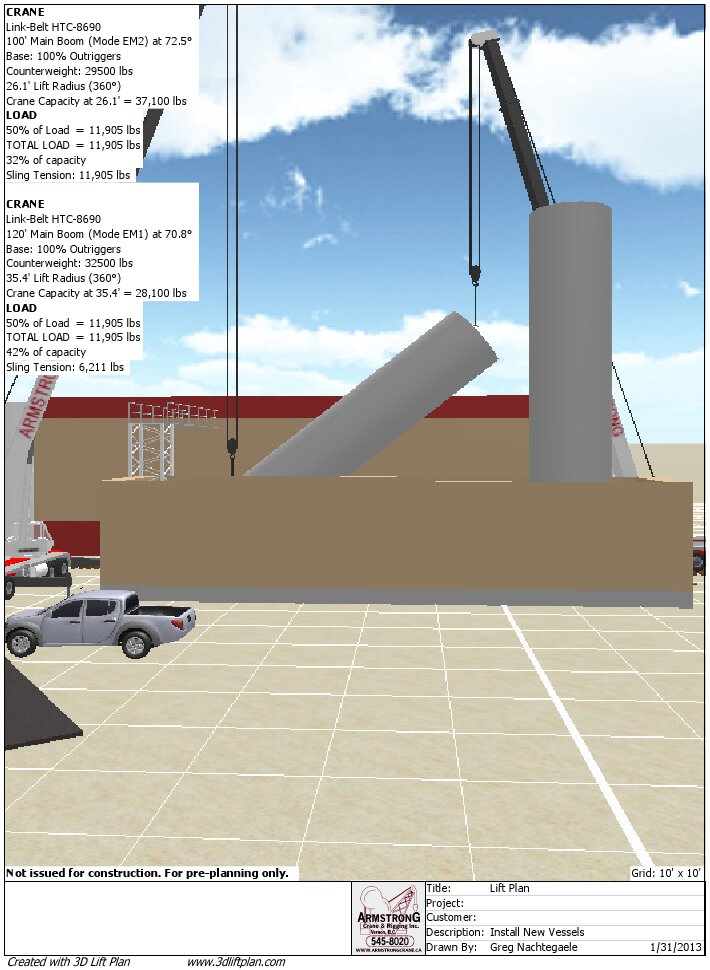

33-M1984 (Reaffirmed 1992), Construction and Test of Electric Cranes and Hoists. (2) A bridge, jib, monorail, gantry or overhead travelling crane must meet the design requirements for electrical components and functions of CSA Standard C22.1-94, Canadian Electrical Code, Part 1, Section 40 and CSA Standard C22.2 No. (b) a crane or hoist and another piece of powered lifting equipment.ġ4.2 (1) Except as otherwise required by this Regulation, a crane or hoist must be designed, constructed, erected, disassembled, inspected, maintained and operated as specified by the manufacturer or a professional engineer, and to meet the requirements of the applicable standard listed in subsections (2) to (15). (b) used as a work platform or used for hoisting loads or accessing a work location (a) capable of acting as a crane and as an aerial ladder, and "load bearing component" means any component that transfers load through a crane or hoist to the surface supporting the crane or hoist (b) the use of a crane with an electromagnet or grapple for the handling of scrap metal and other similar materials


(a) the use of a crane to do dragline work, clamshell work, dynamic compaction work or pile driving work, including pile extraction using a vibratory pile extraction device, or (h) a lift of a load over or between energized high voltage electrical conductors, or (g) a lift by a crane, boom truck or hoist, supported on a floating base, that exceeds 90% of rated capacity for the lifting system, (f) a lift in which the length of one or more sling legs changes during a lift, (e) a lift in which the centre of gravity of the load changes during the lift,

(d) a lift of a person in a work platform suspended from or attached to a crane or hoist, (c) a tandem lift involving the simultaneous use of more than two cranes, hoists or other pieces of powered lifting equipment, (b) a tandem lift if the load on any one crane, hoist or other piece of powered lifting equipment exceeds 75% of the rated capacity of that crane, hoist or other piece of powered lifting equipment, (a) a lift by a mobile crane or boom truck that exceeds 90% of its rated capacity while it is lifting the load at a load radius of more than 50% of its maximum permitted load radius, taking into account its position and configuration during the lift, "construction material hoist" means a material hoist consisting of a guiding and supporting structure and hoist equipment that is not a permanent part of a building, structure, or other work and that is installed and used during construction, alteration, or demolition to raise and lower materials required for the project "chimney hoist" means a temporary hoist used for transporting personnel or materials during the construction of a chimney or similar structure


 0 kommentar(er)
0 kommentar(er)
